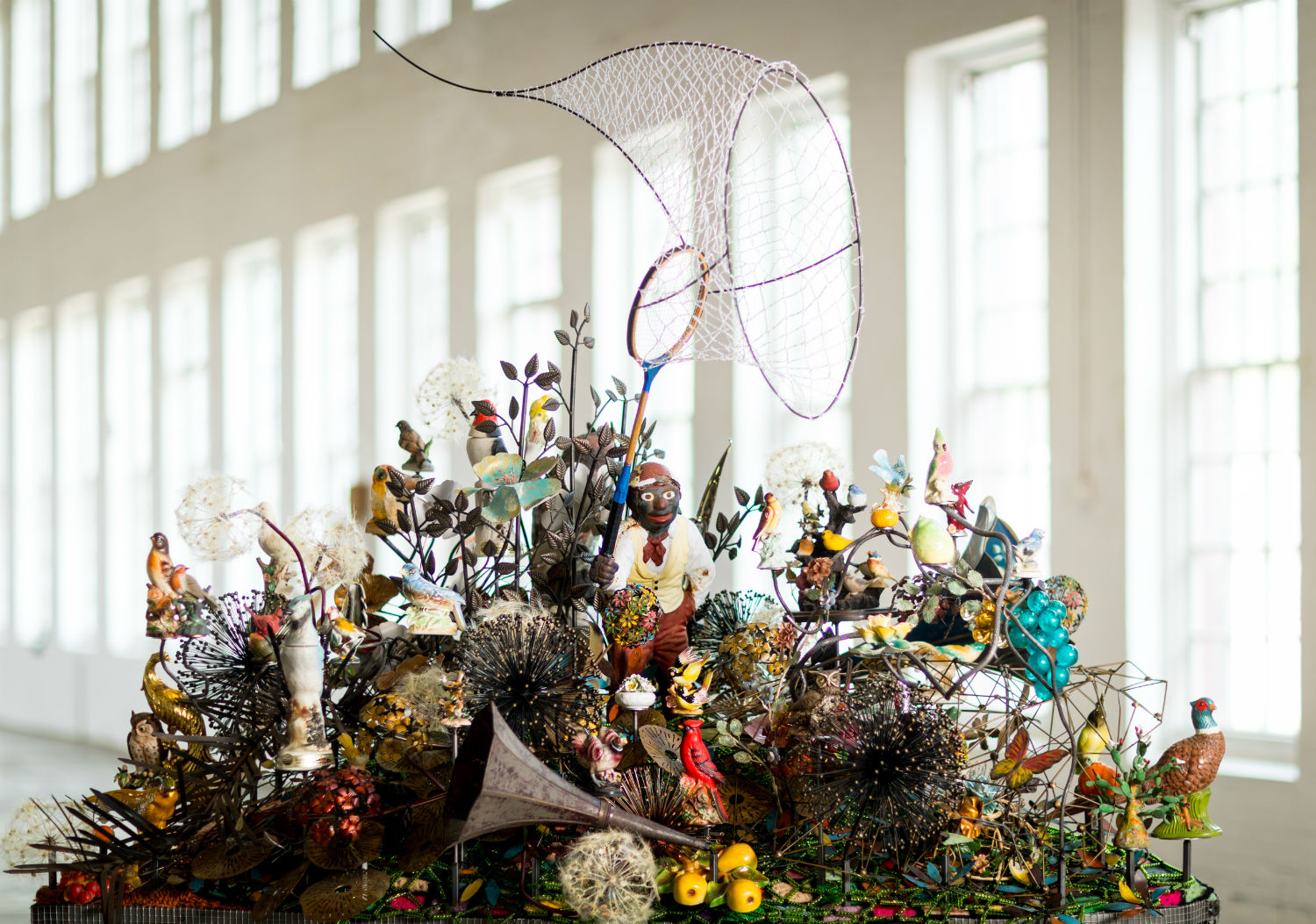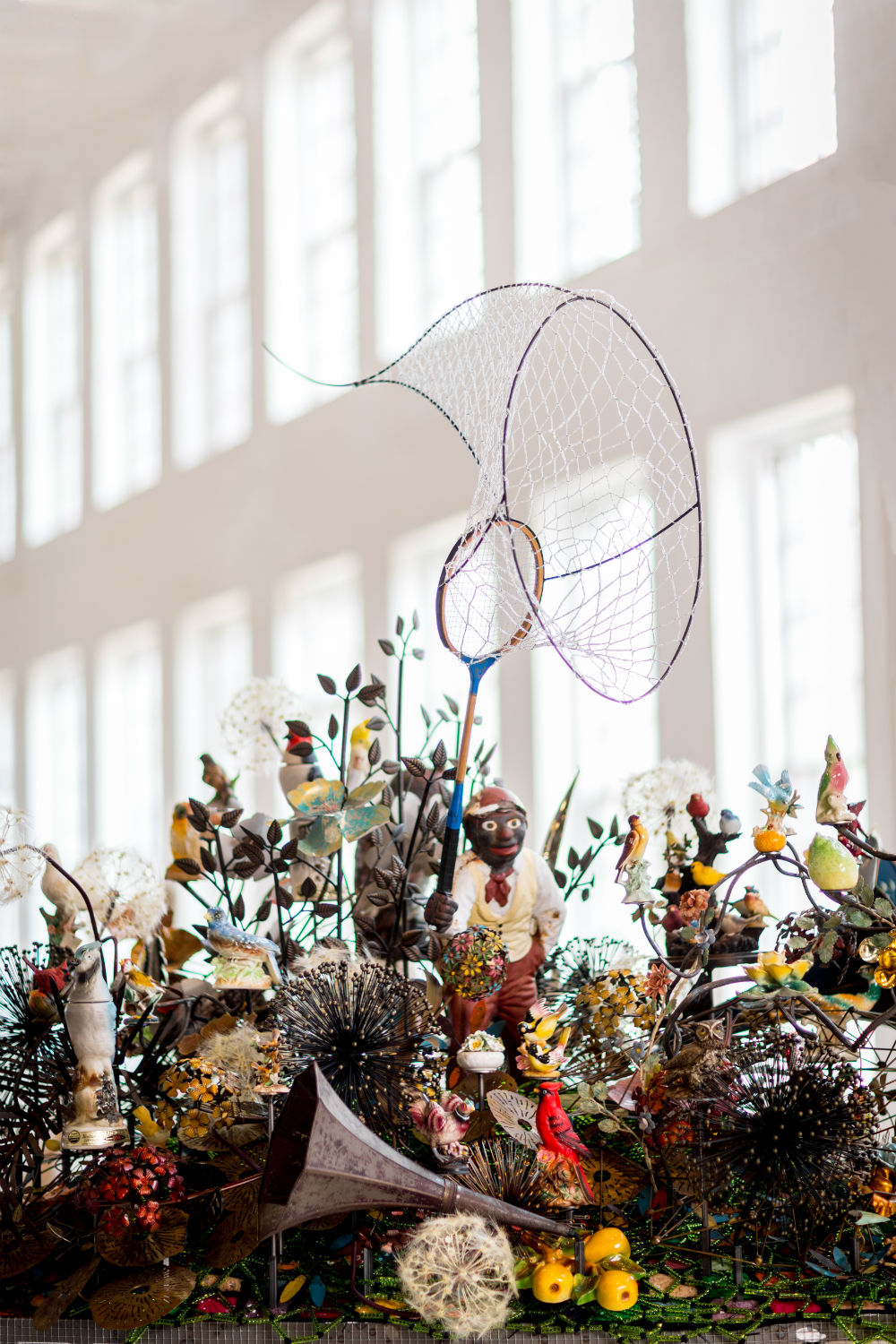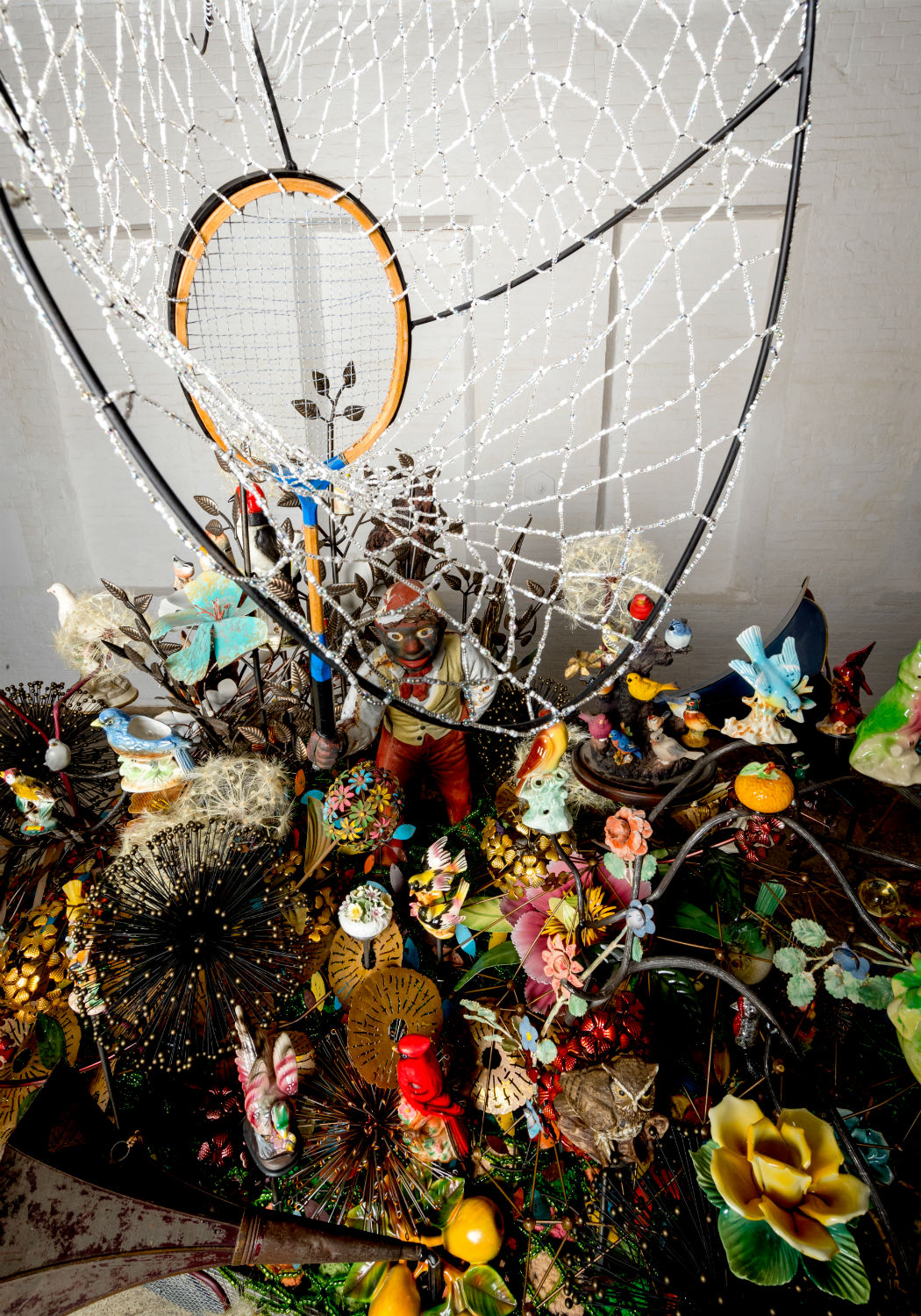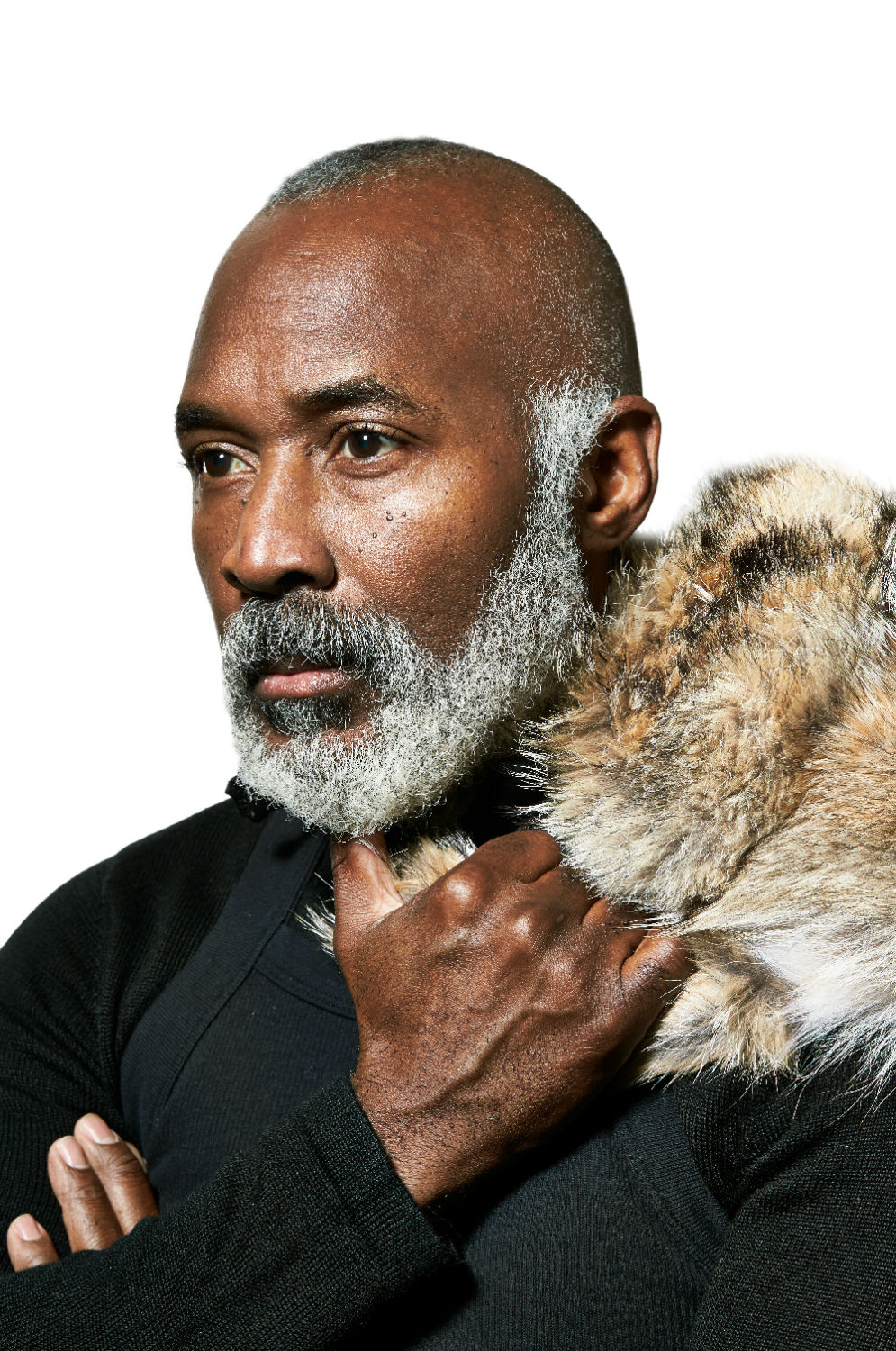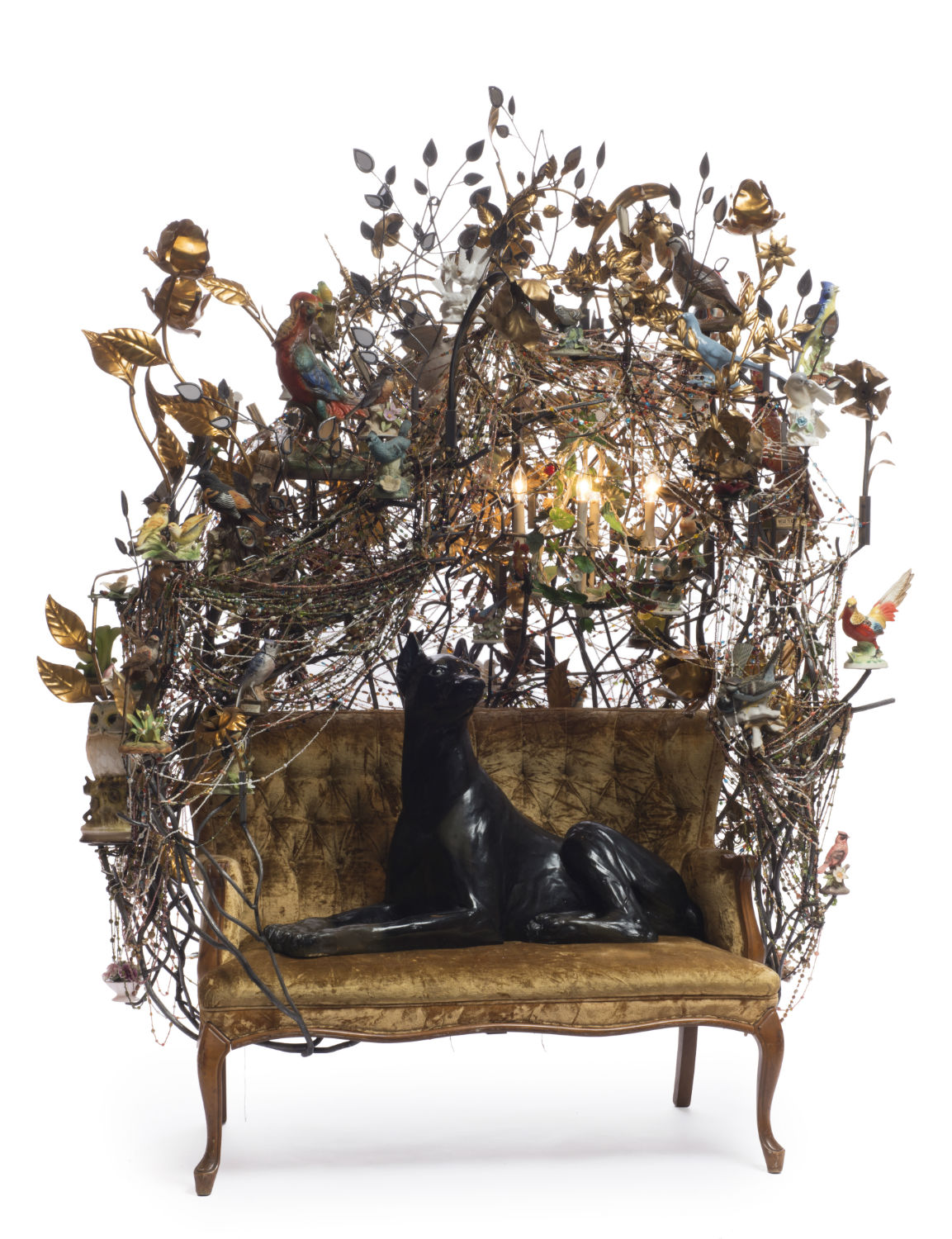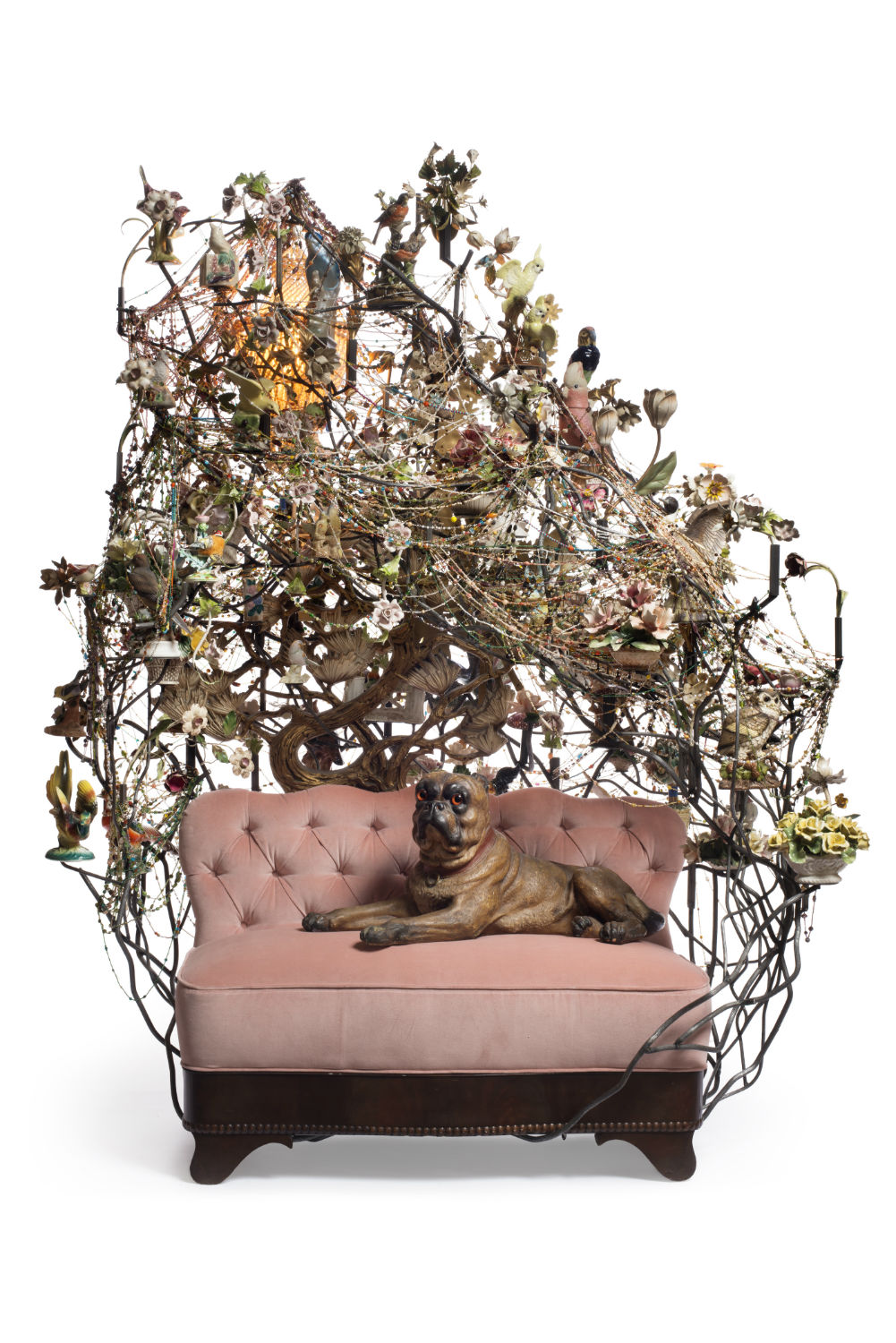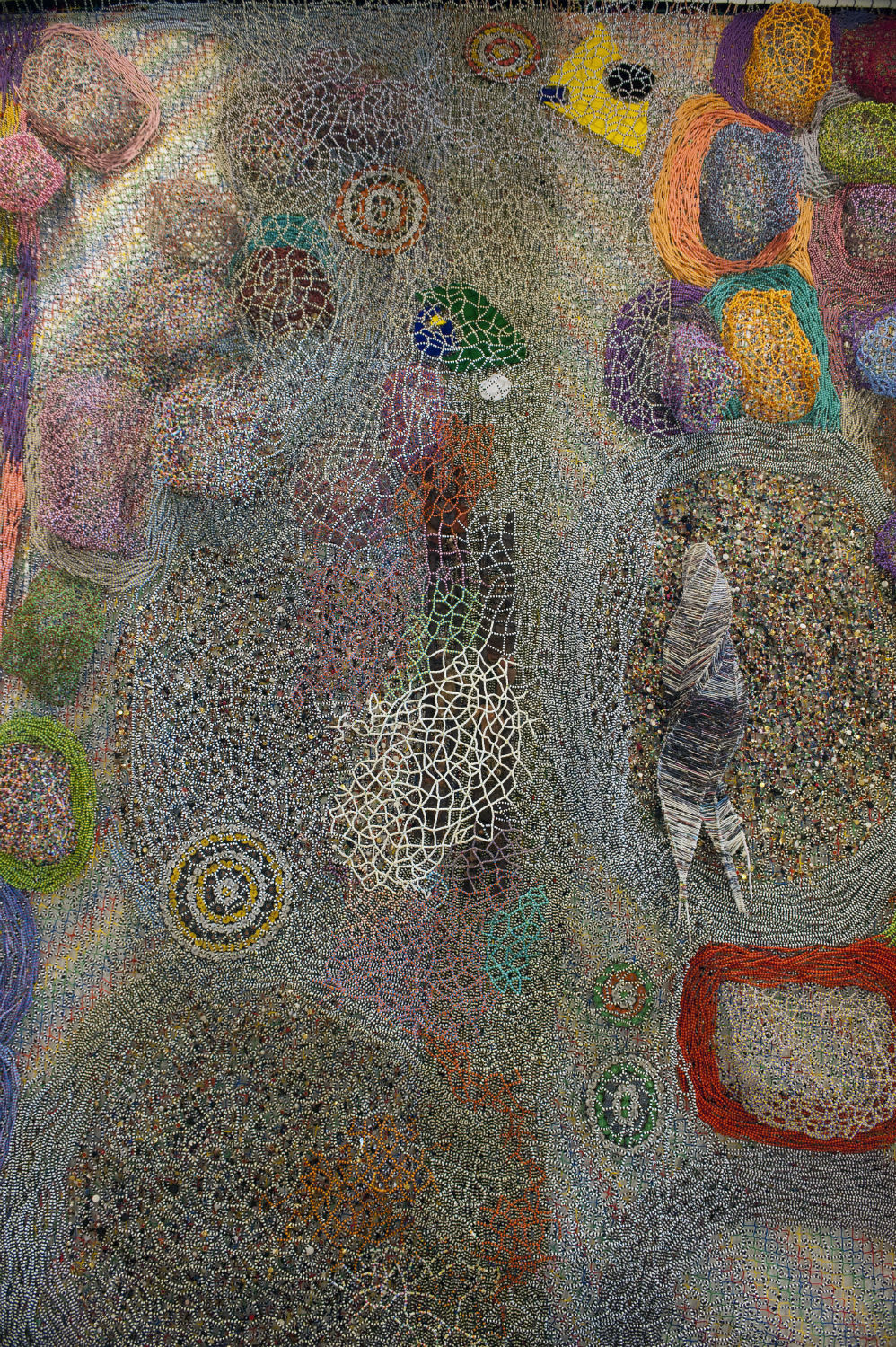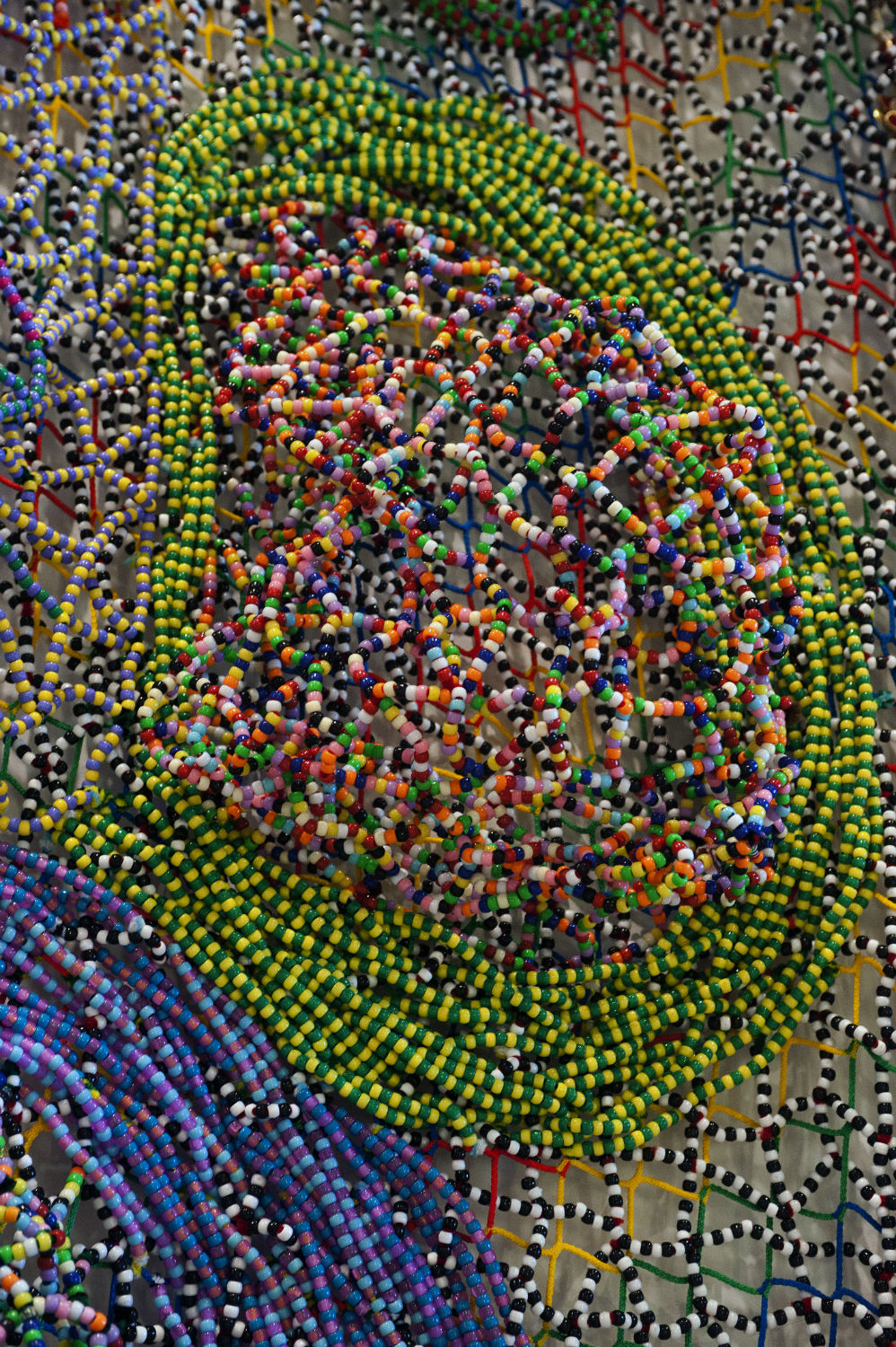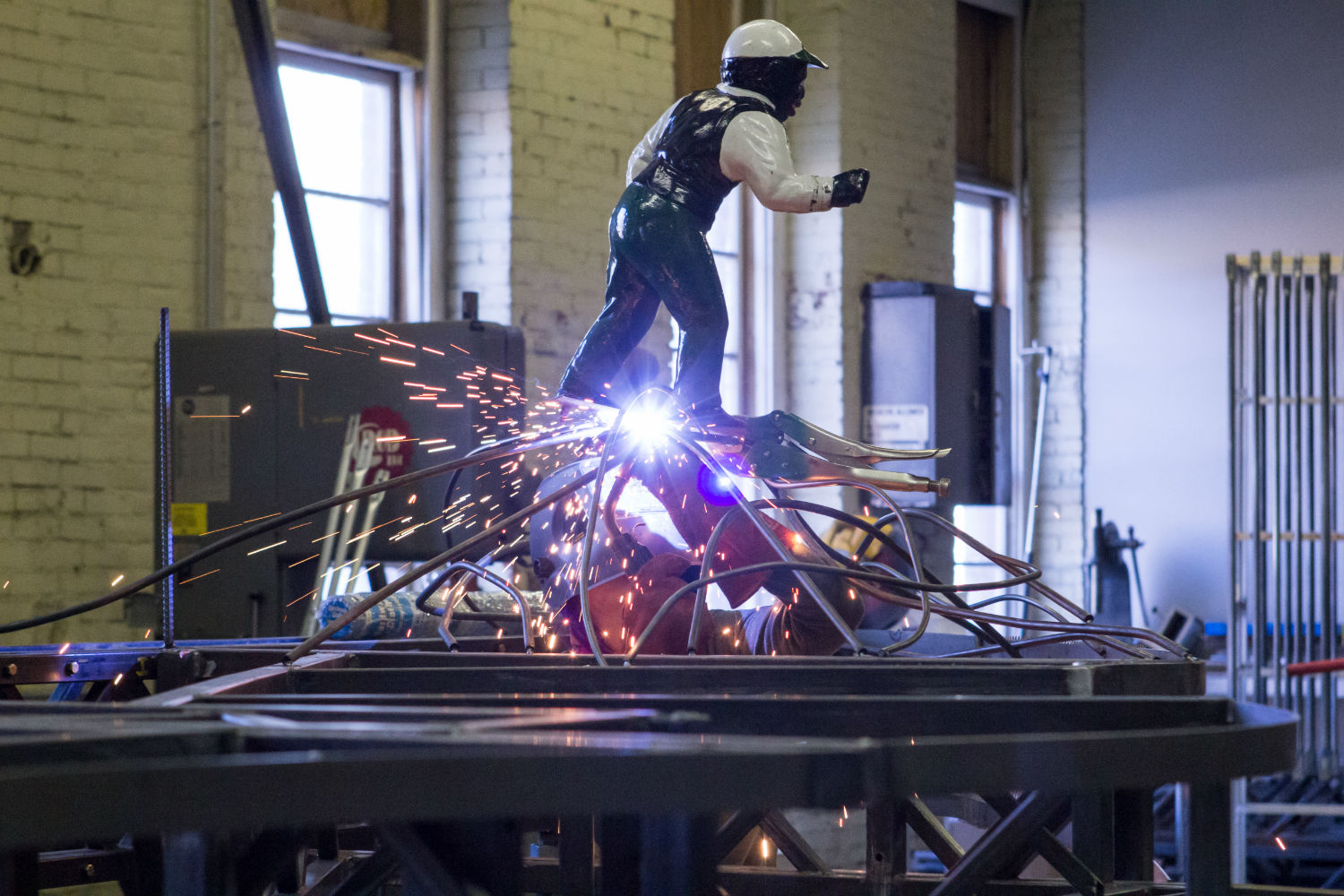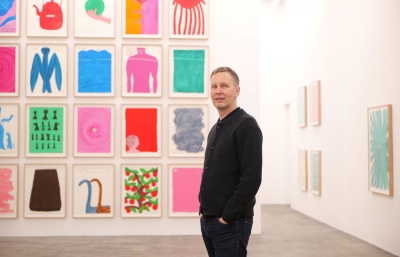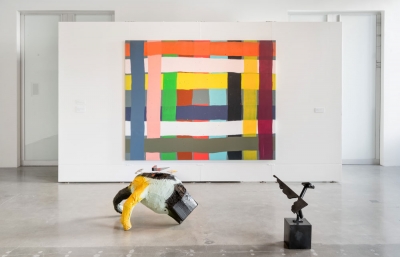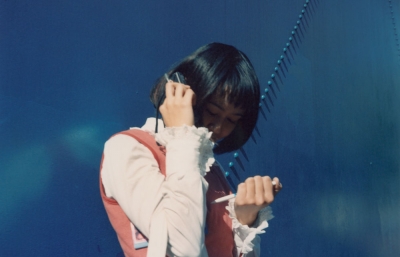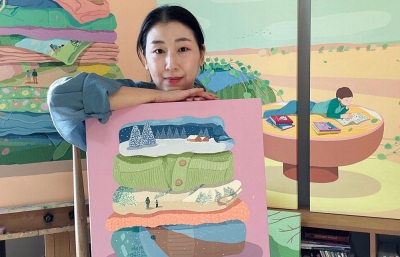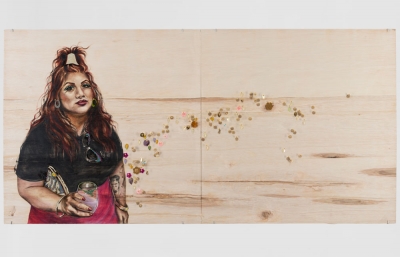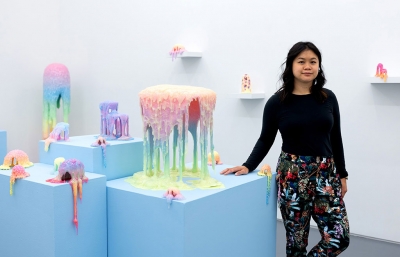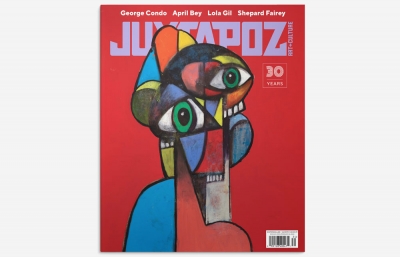There were no lawn jockeys in the neighborhood where I grew up. I remember painted cement, overgrown ivy or the neat perfect palm trees that were mandatory in the planned housing development where we lived. But occasionally, while driving through some of the nicer suburban areas to visit friends who seemed perfectly civil, I’d see a lawn jockey unabashedly displayed on the front lawn of folks who would be appalled at the prospect of a segregated classroom. But then, did I flinch at the box of Aunt Jemima’s pancake mix on our kitchen counter?
Unfamiliar to me was the story of Jocko Graves, a twelve-year old African American who, in the frigid winter of 1776, wanted to fight the redcoats. General Washington, citing the boy’s young age, ordered Graves to look after the horses while keeping a lantern blazing as a beacon for returning soldiers. When the general and his men came back that icy night, they found the horses safely tethered to the youngster, who had frozen to death during his faithful duty. Hero, victim, or sacrificial lamb? Honored, pitied, or patronized? All, or none of the above?
Nick Cave embraces and literally embodies big issues, as he does with his Soundsuits, whose color and texture beguile (cute as a Muppet, but don’t be deceived) while inviting questions about self, community, freedom and identity. All are composed of cast-off materials, which he has transformed into musical theater at a variety of venues. Now, Nick Cave brings his big ideas to a huge space, the length of a football field, at Building 5 at the Massachusetts Museum of Contemporary Art in an installation that has more action and spectacle than half-time at Super Bowl. Amid a cascade of wind-spinners, foil foliage and mountains of marbles, visitors confront a myriad of Earth’s creatures, and some of Nick’s as well, while 17 blackface lawn jockeys appear wide eyed in stark focus. Who got here first, and does it matter? In this wonderland Cave has created, he asks us to wander, then really wonder about the proliferation of guns and incarceration, the concept of “Innocent until proven guilty, guilty until proven innocent.”
When asked about the evolution of the project, Nick explained that “While I have been thinking about this for over 2 years and actually making it for the past 14 months, the pieces are all very much coming together as I had envisioned. The biggest realization is more in how the space will be used as a convening and gathering place for performance and conversation. We already have an artist convening scheduled so that others can be inspired to make their own work in response to, or actually, within the work. I realize that while the work will be asking new questions and pushing the issues, it is also the safe place for tough conversations, and hopefully, some change. I can’t yet say how this work has changed me yet, but am excited to share it with the world and am open to how it shapes me as well.”
Nick Cave uses symbols to attract and engage. He is also a dancer, and knows when to take the lead and when to follow, and he does it with consummate grace.
Until shows at the Massachusetts Museum of Contemporary Art through October 14, 2017.

